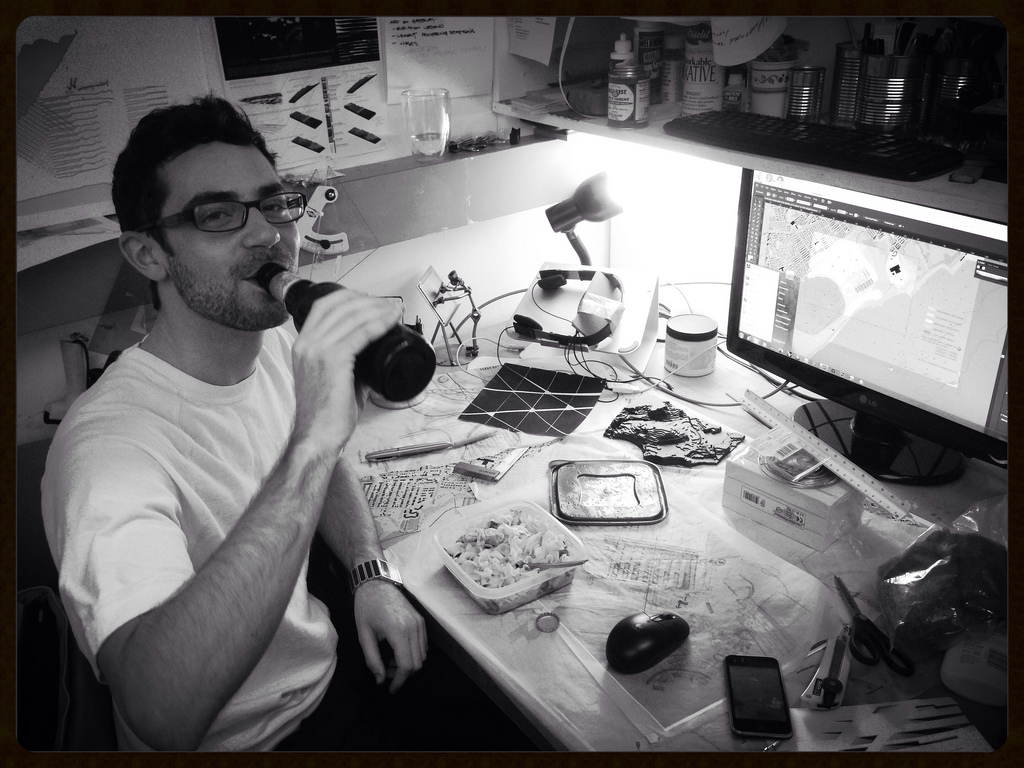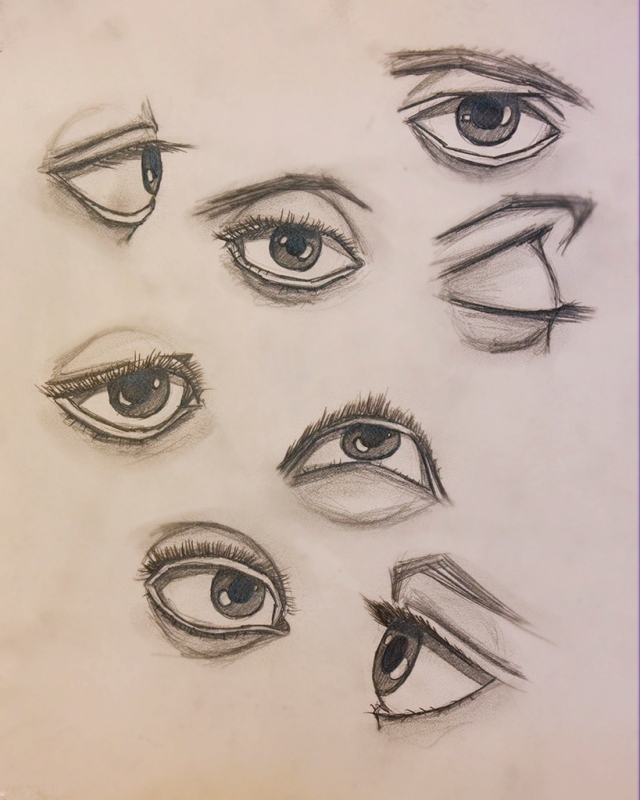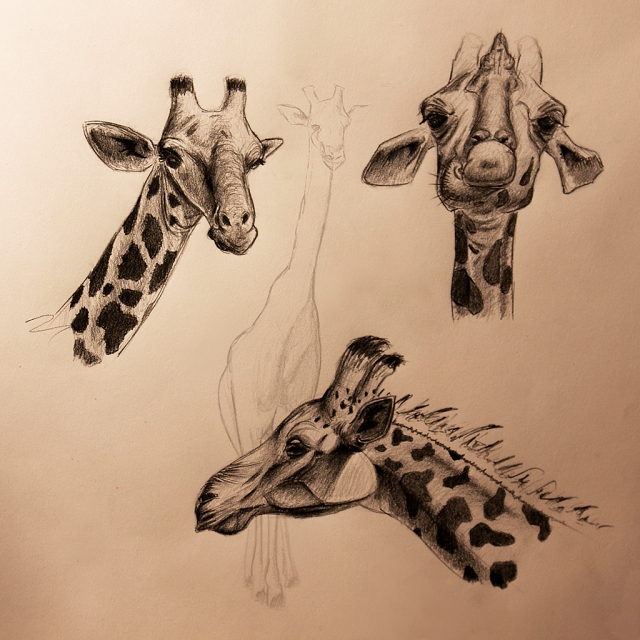Want to be a landscape architect but suck at math? Don’t worry, you’re in good company.
 I scored in the 56th percentile on the math section of the GRE, which is terrible, but I was still accepted to every school I applied to. The key was playing to my strengths in the verbal and written portions. During the two months leading up to my GRE test date I worked through free vocabulary builder websites like this one and kept a notebook of words I was unfamiliar with. I wrote down a personally relevant sentence for each of these words and tried to come up with funny word associations. For example, the word “magnate” tends to refer to someone who is powerful and controls something, so in my mind I would associate “magnate” with “Magneto,” the Marvel comic book character who possesses the power to control metals. I went over these definitions and funny associations for about 20 minutes each night before sleeping, and ended up scoring in the 96th percentile on the verbal portion of the GRE.
I scored in the 56th percentile on the math section of the GRE, which is terrible, but I was still accepted to every school I applied to. The key was playing to my strengths in the verbal and written portions. During the two months leading up to my GRE test date I worked through free vocabulary builder websites like this one and kept a notebook of words I was unfamiliar with. I wrote down a personally relevant sentence for each of these words and tried to come up with funny word associations. For example, the word “magnate” tends to refer to someone who is powerful and controls something, so in my mind I would associate “magnate” with “Magneto,” the Marvel comic book character who possesses the power to control metals. I went over these definitions and funny associations for about 20 minutes each night before sleeping, and ended up scoring in the 96th percentile on the verbal portion of the GRE.
The bottom line is that GRE scores hold relatively little weight as compared to the other elements of your application package, so I suggest picking one section (math, verbal, or writing) and focusing on that. If you can score within the 95th percentile in just one, then obviously you are an intelligent person able to hack it in a college program and the other two scores become somewhat irrelevant. And truth be told, landscape architecture involves very little math.



